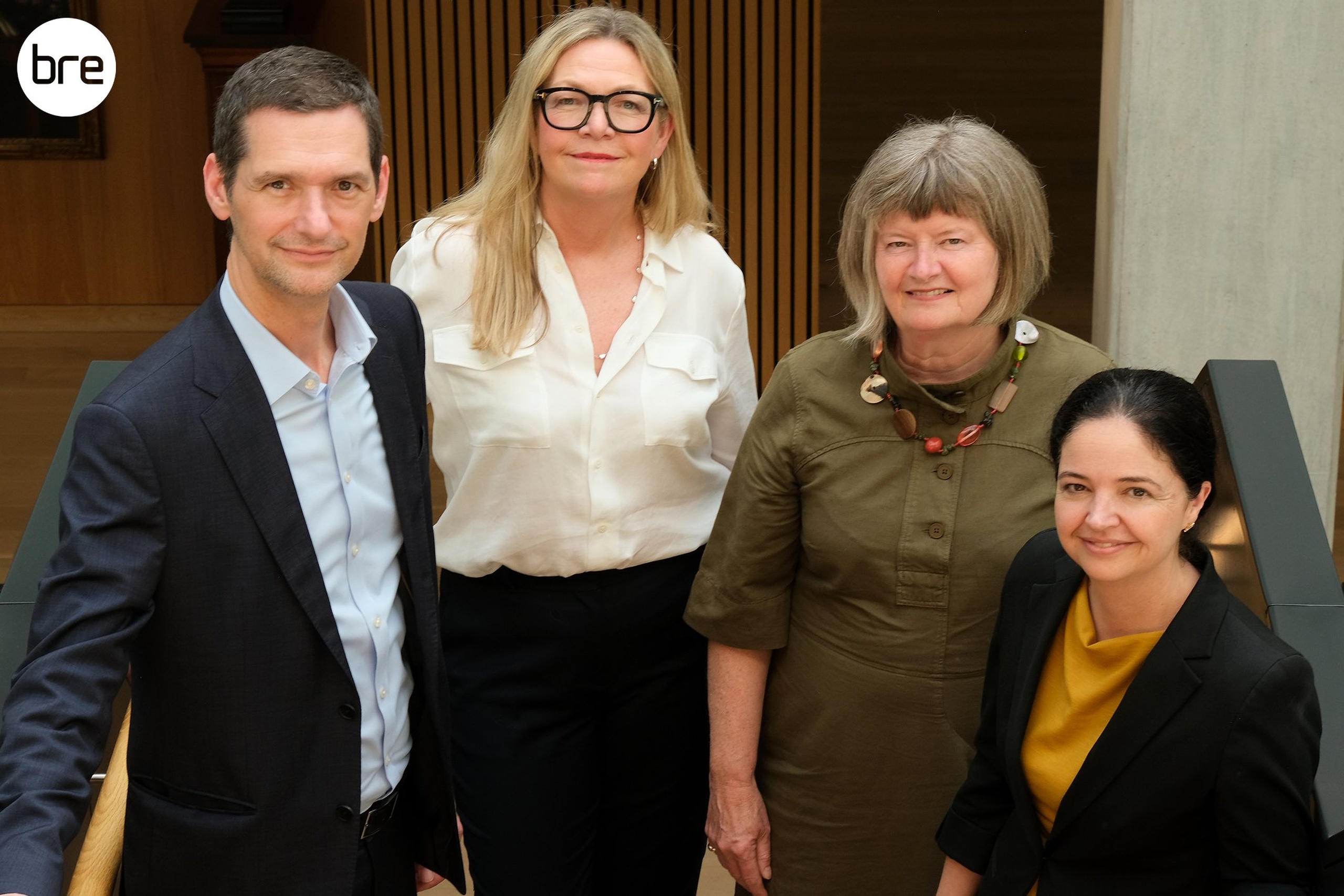Financing the future of better buildings
01 Jul 2024
A new global guide to sustainable finance is an essential tool to kickstart the US$35 trillion investment needed by 2030 to achieve the global energy transition.
Buildings are responsible for more than 30% of global energy use and a quarter of emissions.
The International Energy Agency (IEA) has warned that most of today’s building stock will still be standing in 2050, requiring large-scale capital investments to support sustainable retrofits.
Financing Transformation: A Guide to Green Building for Green Bonds and Green Loans was launched on 27 June at an event hosted as part of London Climate Action Week.
The guide details how various building verification and certification standards can be used to comply with financial classifications and bond frameworks, in line with a 1.5°C climate threshold.
The guide was produced by an international alliance that includes the Green Building Council of Australia (GBCA), the UK’s Building Research Establishment (BRE), the US Green Building Council (USGBC), the Singapore Green Building Council (SGBC), Alliance HQE-GBC in France, GRESB, the Climate Bonds Initiative (CBI), and the Carbon Risk Real Estate Monitor (CRREM).
Practical tools and clear pathways to better buildings
The proliferation of sustainable finance instruments in recent years has been undercut by limited understanding and uptake in the finance community. Financing Transformation bridges this gap by translating global aspirations into practical tools and providing clear pathways to better buildings, says GBCA Chief Executive Officer, Davina Rooney.
“Financing Transformation shows that any leading rating tool – whether it’s Green Star, LEED, BREEAM, Green Mark, HQE or NABERS – will ensure a better outcome for people, the planet and your balance sheet.”
CEO of BRE, Gillian Charlesworth, has hailed the guide as a “monumental first step in coordinating a worldwide movement”, a sentiment reiterated by SGBC Executive Director Yvonne Soh. “This guide will bring us closer to a world where sustainable development is not just an option but a cornerstone of global economic activity.”
The USGBC’s CEO Peter Templeton says the value of directing more capital into buildings and portfolios goes beyond decarbonisation. “While the global decarbonisation goals are critically important, greater investment in buildings and portfolios will also see us make important advancements in human health, climate resilience and social equity.”
The alliance will collaborate with the finance and real estate sectors to determine how best to measure and report social value in the built environment.

What does this mean for Australia’s property industry?
Financing Transformation expands on the Australian sustainable finance industry guide, published by the GBCA in 2023. It also sends a signal to asset owners about the “clear direction of travel,” says Davina Rooney.
“In Australia, this means tripling the pace of commercial retrofits, and electrifying 500 buildings a day. We need scale – and scale depends on alignment.”
Building owners with poor performing assets are already attracting financial penalties in some markets, notably Europe.
The Australian Financial Review recently reported that more than half of the fund managers overseeing European commercial real estate portfolios were concerned that 30% of their portfolios were “stranded assets”. Another 40% of portfolios could be at risk within the next three years. These buildings have lost value due to poor energy efficiency, and banks are responding by setting stricter finance conditions. In some cases, interest rates for poorly performing assets are 15 points higher, the AFR said.
This month Australia’s Treasury released a Sustainable Finance Roadmap which outlines several priorities. Chief among them is the introduction of mandatory disclosure of climate-related financial risk, with legislation before Parliament.
Disclosure requirements will be underpinned by standards published by the Australian Accounting Standards Board (AASB). From January 2025, some of Australia’s largest companies will be required to disclose their net zero targets, emissions profiles and climate risks. This information, sitting within the suite of financial disclosures, will be signed off by an auditor. This will bring a new level of scrutiny to performance reporting that will flow through to investment decisions.
The second priority outlined in the Sustainable Finance Roadmap is the Australian Sustainable Finance Taxonomy, a set of common definitions to define sustainable investments. Other priorities include the development of sustainable investment product labels and better access to data.
“This work is absolutely mission critical, but sustainable finance is a fast-moving space and it can be hard to keep up,” Davina adds. “Our new guide is a significant milestone because it will help the finance sector to understand the complexities of property as an asset class; it will also be an important reference document for property owners.
“We need to spend more time delivering high performance and less time debating what high performance is – and this guide will help achieve that.”
Download Financing Transformation: A Guide to Green Building for Green Bonds and Green Loans.